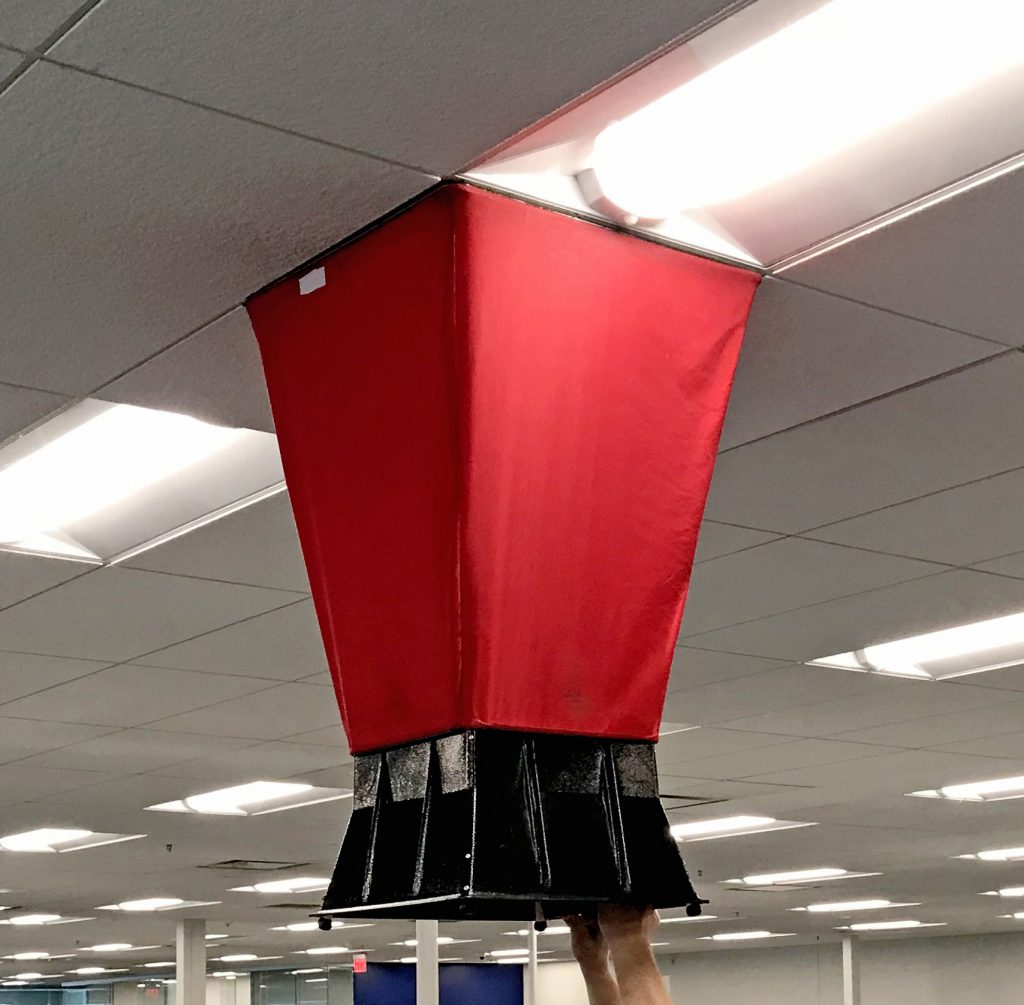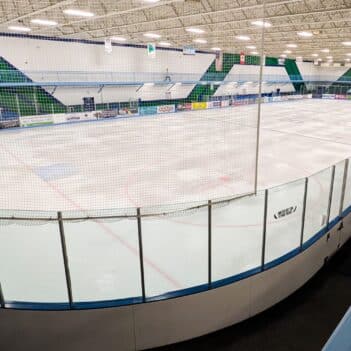News
Why Do You Need Bipolar Ionization?
July 15, 2021
The road to cleaner and healthier indoor air begins with bipolar ionization technology. Bipolar ionization is an air purification process that works to deactivate airborne bacteria. This process improves filter effectiveness, indoor air quality, and eliminates odors at their source.
HOW BIPOLAR IONIZATION WORKS:
Let’s break this process down. As air flows through purification tubes, this technology releases charged ions, energizing the air and creating bipolar (both positive and negative) ions. As a result, millions of positive and negative ions are created, causing airborne particles to cluster. The charged ions disrupt the bonding of bacteria cells effectively deactivating them.
ADVANTAGES OF IMPLEMENTING BIPOLAR IONIZATION:

The list of reasons your facility needs bipolar ionization technology is endless. First and foremost, unlike many other air purification processes, bipolar ionization replicates a naturally-occurring process so it doesn’t leave an odor nor is it harmful to facility inhabitants. Throughout this process dust particles, bacteria, and anything else floating through the air is diminished.
Second, installation of bipolar ionization systems does not require HVAC systems to be re-engineered, but rather can be installed directly in the ductwork or air unit. Since there is no filter to change, maintenance is necessary less frequently, only occurring when ionization tubes need to be replaced.
WHO NEEDS BIPOLAR IONIZATION:
Bipolar ionization units are a great option for event centers, housing complexes, schools and universities, churches, commercial businesses, labs, and beyond. Any facility that seeks to provide clean and healthy indoor air to its inhabitants is an optimal candidate for these services.
NEXT STEPS:
Egan’s team is here to help you create a healthier environment and mitigate the spread of bacteria and dust particles through ionization services. Making bipolar ionization a priority for your business frequently goes hand in hand with air balancing. Once ionization is completed, it’s important to check air flow to ensure dampers are opened and ionization is maximized for optimal building readiness.



